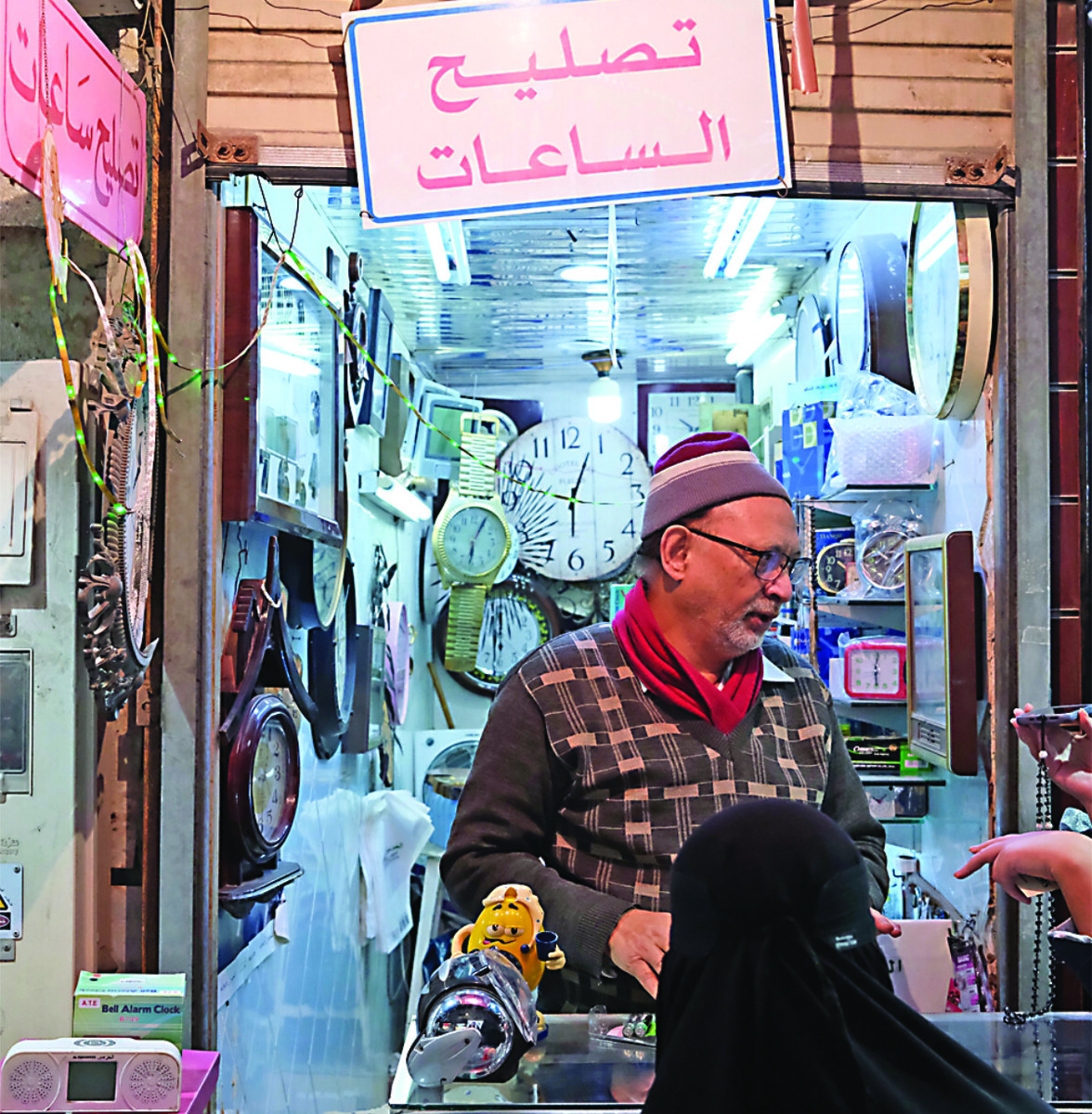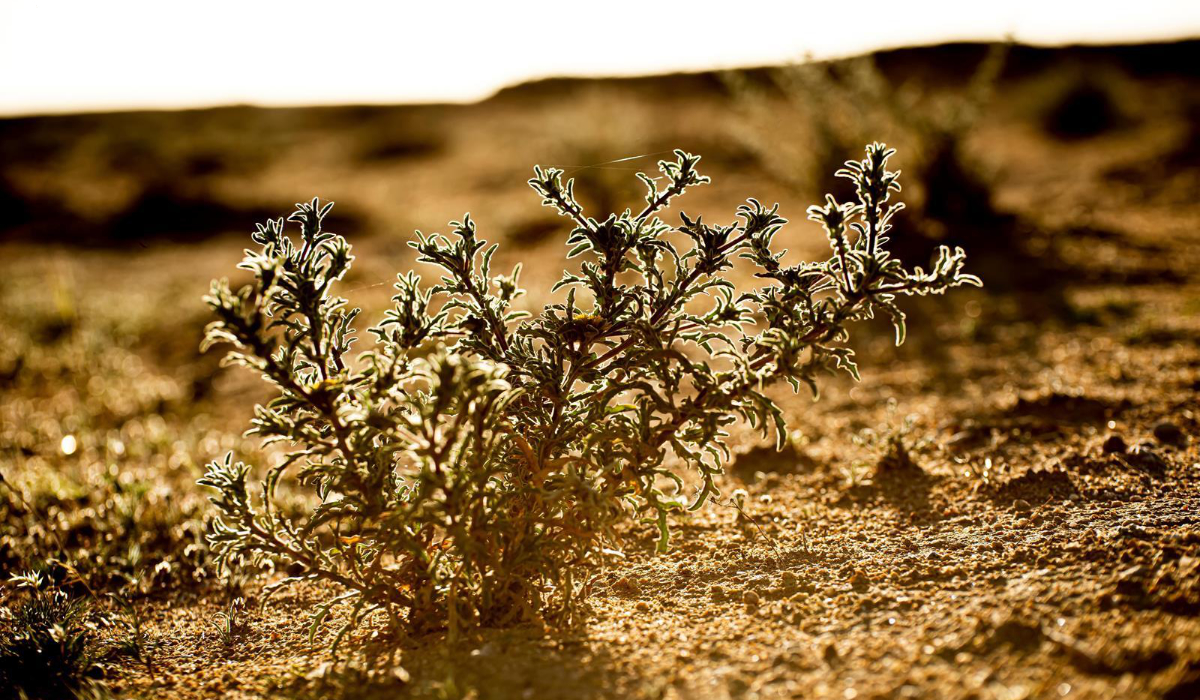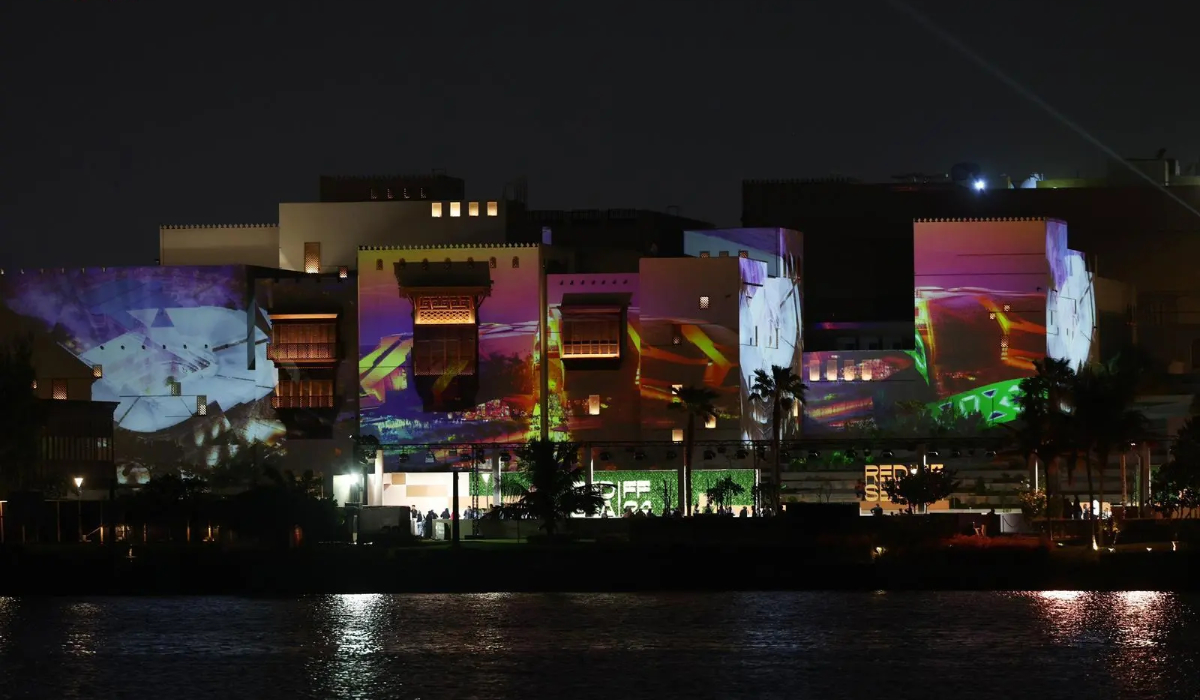MAKKAH: During Eid Al-Fitr, pilgrims in the holy city of Makkah don their best outfits to celebrate, transforming areas of the Grand Mosque into a bright symphony of colors that showcase the diversity of the Muslim community.
Adorned in elegant attire, pilgrims from all corners of the globe share in the joyous atmosphere, each embracing their unique heritage as they celebrate Eid with fellow visitors.
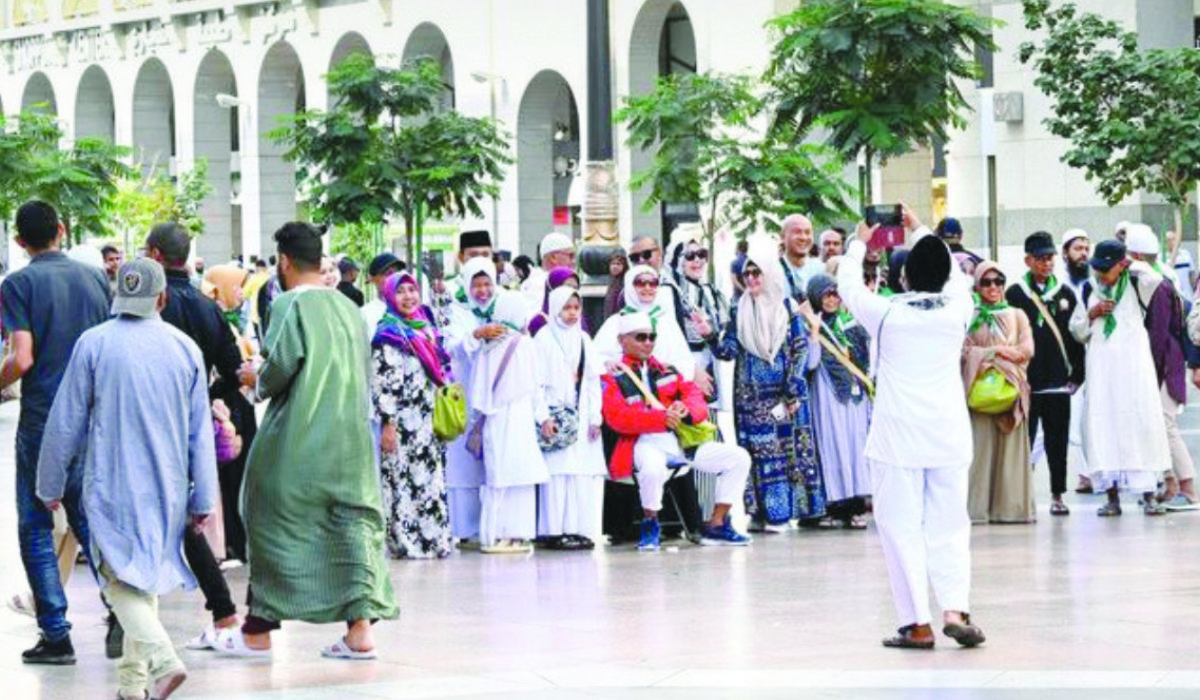
Each pilgrim embraces their own cultural heritage, as they share their beautiful outfits and enjoy the joyous atmosphere. (Supplied)
Arwa Al-Harbi, a hotel employee, drew attention to the growing fascination with Saudi culture among visitors and pilgrims, spurred by the Kingdom’s increasing openness to the world.
“Visitors now eagerly inquire about traditional Saudi attire like the mishlah and the occasions for wearing the iconic white and red ghutra, appreciating the sophistication and heritage behind these garments,” she said.
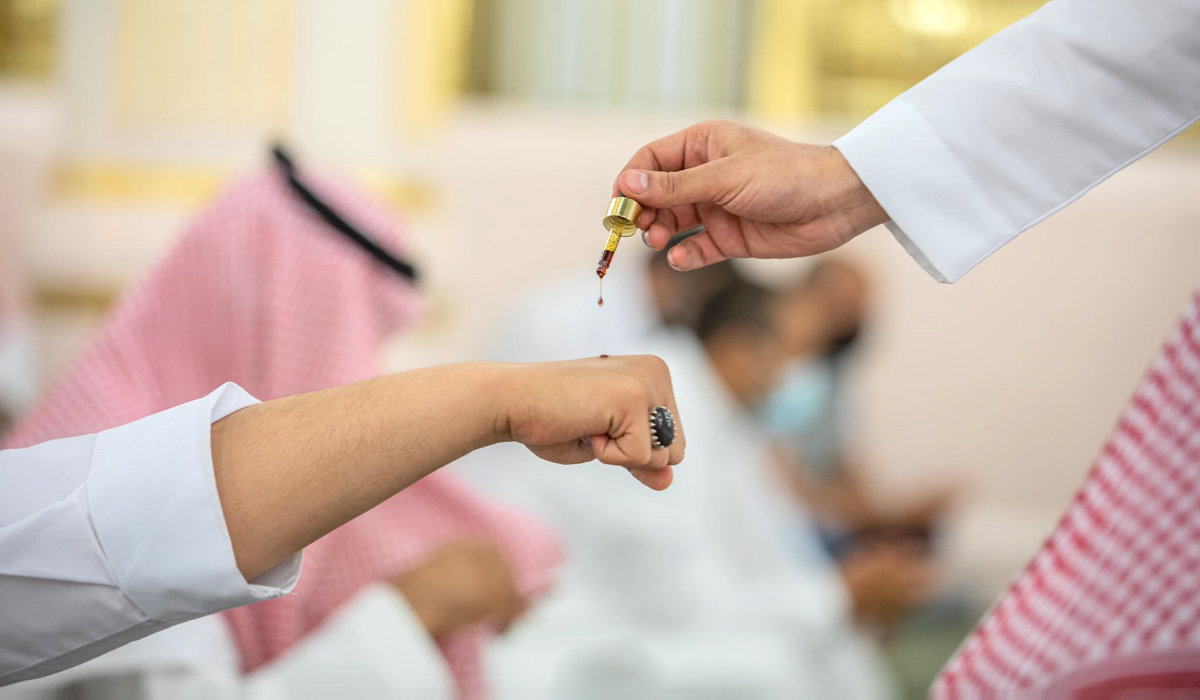
Each pilgrim embraces their own cultural heritage, as they share their beautiful outfits and enjoy the joyous atmosphere. (Supplied)
Dispelling misconceptions perpetuated by media portrayals, Al-Harbi praises the beauty and elegance of Saudi attire.
“Gulf youths are frequently depicted disheveled in television dramas and films, perpetuating a stereotype ingrained in the minds of many observers. Yet, on closer inspection, these notions are found to be erroneous, with visitors acknowledging the sophistication, elegance, and charm of Saudi attire. This serves to reaffirm the authentic image of Arab youth,” she said.
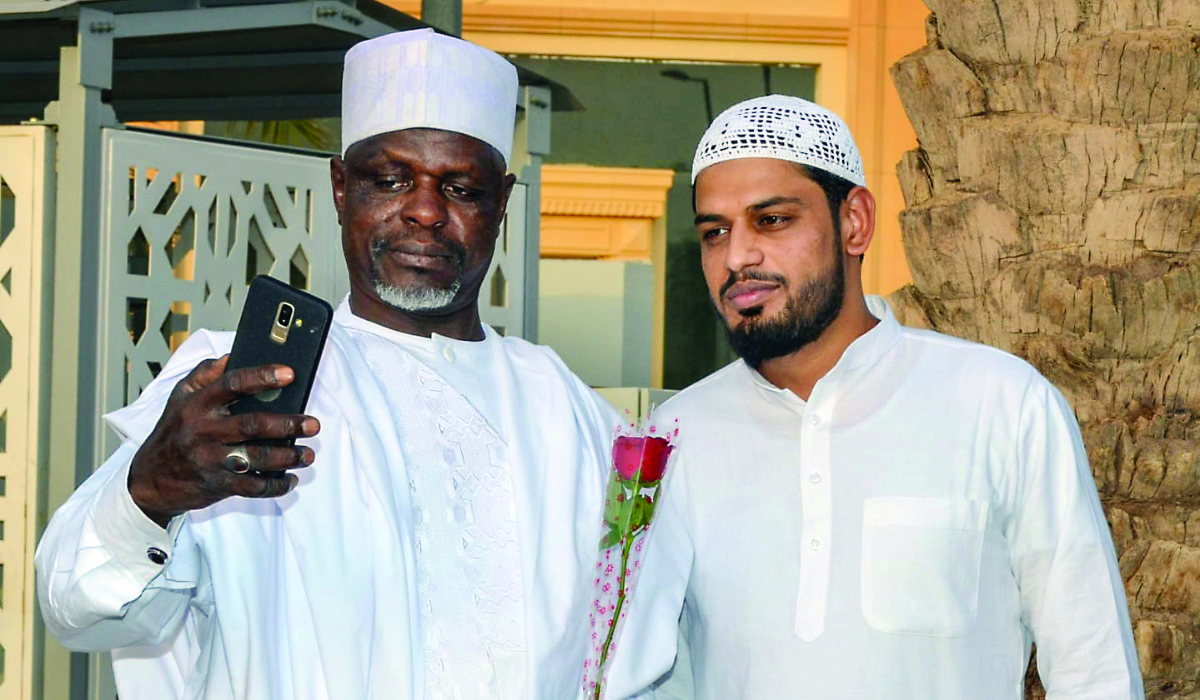
Each pilgrim embraces their own cultural heritage, as they share their beautiful outfits and enjoy the joyous atmosphere. (Supplied)
Al-Harbi said that the diverse array of clothing styles showcased in Makkah during Eid adds to the festive ambiance, reinforcing the city’s reputation as a beacon of cultural diversity and Islamic unity.
HIGHLIGHTS
• Eid in Makkah reinforces the city’s reputation as a beacon of cultural diversity and Islamic unity, says local.
• Ahmed Mohammed, an Indian pilgrim, shared his excitement at being in Makkah and delighted in the sight of diverse clothing styles.
“This sends a powerful message to the world: Despite the variety in attire, Muslims represent a cultured community with diverse cultural and civilizational backgrounds,” she said.
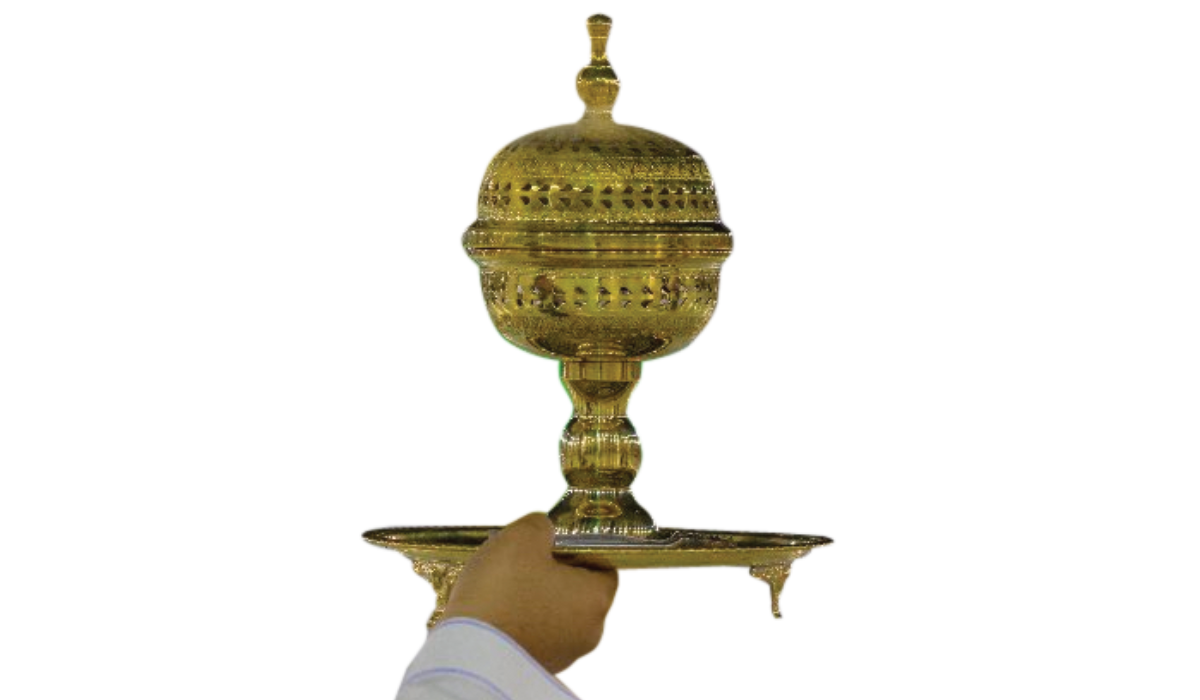
Each pilgrim embraces their own cultural heritage, as they share their beautiful outfits and enjoy the joyous atmosphere. (Supplied)
Saad Al-Joudi, a specialist researcher in Makkah affairs, emphasized the distinguished status of Makkah and Madinah, the two holiest cities in Islam.
“Set apart from all others worldwide, Makkah and Madinah serve as spiritual havens and pilgrimage destinations for Muslims across every continent,” he said.
Pilgrims resound Eid takbirs through Makkah’s streets, pathways, and bustling markets, infusing the air with joy and jubilation.
Saad Al-Joudi, Makkah researcher
“Pilgrims eagerly await the opportunity to visit and spend their holidays in these cities, considering it the ultimate fulfillment of their spiritual aspirations.”
He added that during Eid festivities “one witnesses the grandeur of these holy cities, as pilgrims resound Eid takbirs through Makkah’s streets, pathways, and bustling markets, infusing the air with joy and jubilation. They even exchange traditional Eid sweets, bringing a taste of home to their fellow pilgrims from distant lands.”
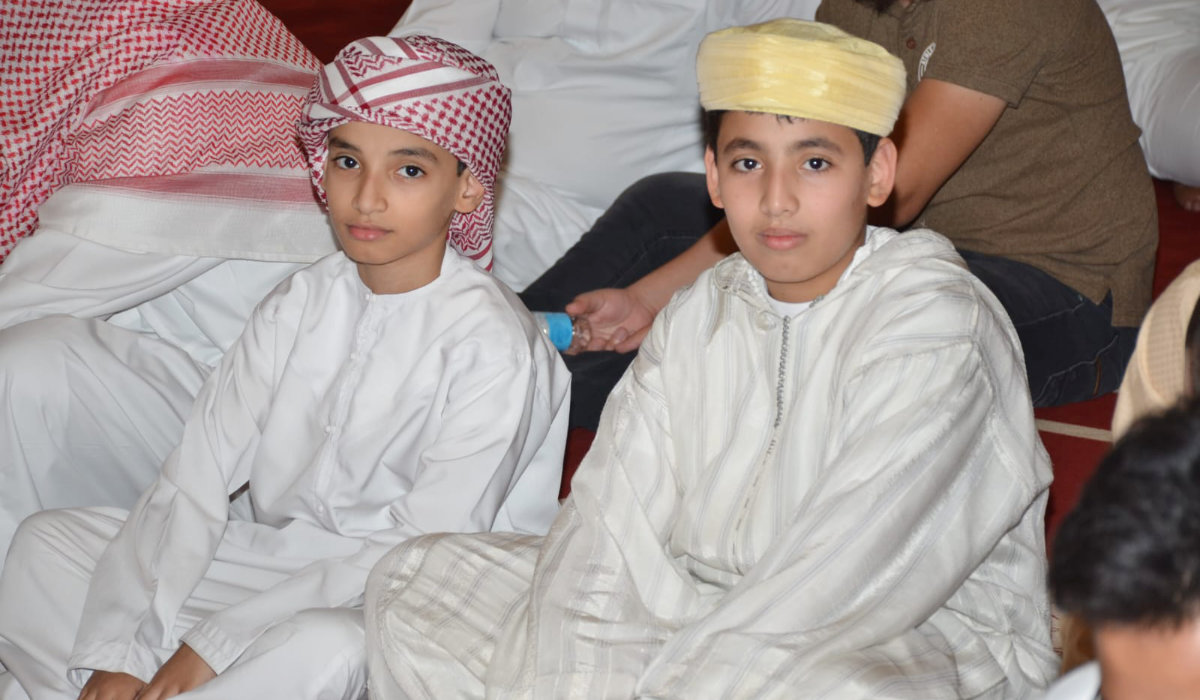
Each pilgrim embraces their own cultural heritage, as they share their beautiful outfits and enjoy the joyous atmosphere. (Supplied)
Al-Joudi said that retail outlets have geared up to cater to all the clothing needs of pilgrims, be it during the sacred month of Ramadan or the festive occasion of Eid Al-Fitr.
“This underscores the robust purchasing power exhibited by pilgrims during Eid Al-Fitr, as they eagerly seek out items unavailable in their home countries,” he said.
“Furthermore, it highlights the resilience and diversity of the Saudi market and its swift responsiveness to the requests of pilgrims hailing from various corners of the globe.”
Ahmed Mohammed, an Indian pilgrim, shared his excitement at being in Makkah, saying that he looked forward to celebrating Eid Al-Fitr alongside fellow Muslims who have come to the holy city from around the world.
Amid the festivities, he delights in the sight of diverse clothing styles, particularly favoring the traditional Indian attire, including the Indian turban and customary dress.
This sentiment found resonance with Taqi Al-Din from Nigeria, who shared how Africans embrace vivid, striking colors for formal occasions, intricately embroidered to make a lasting impression.








